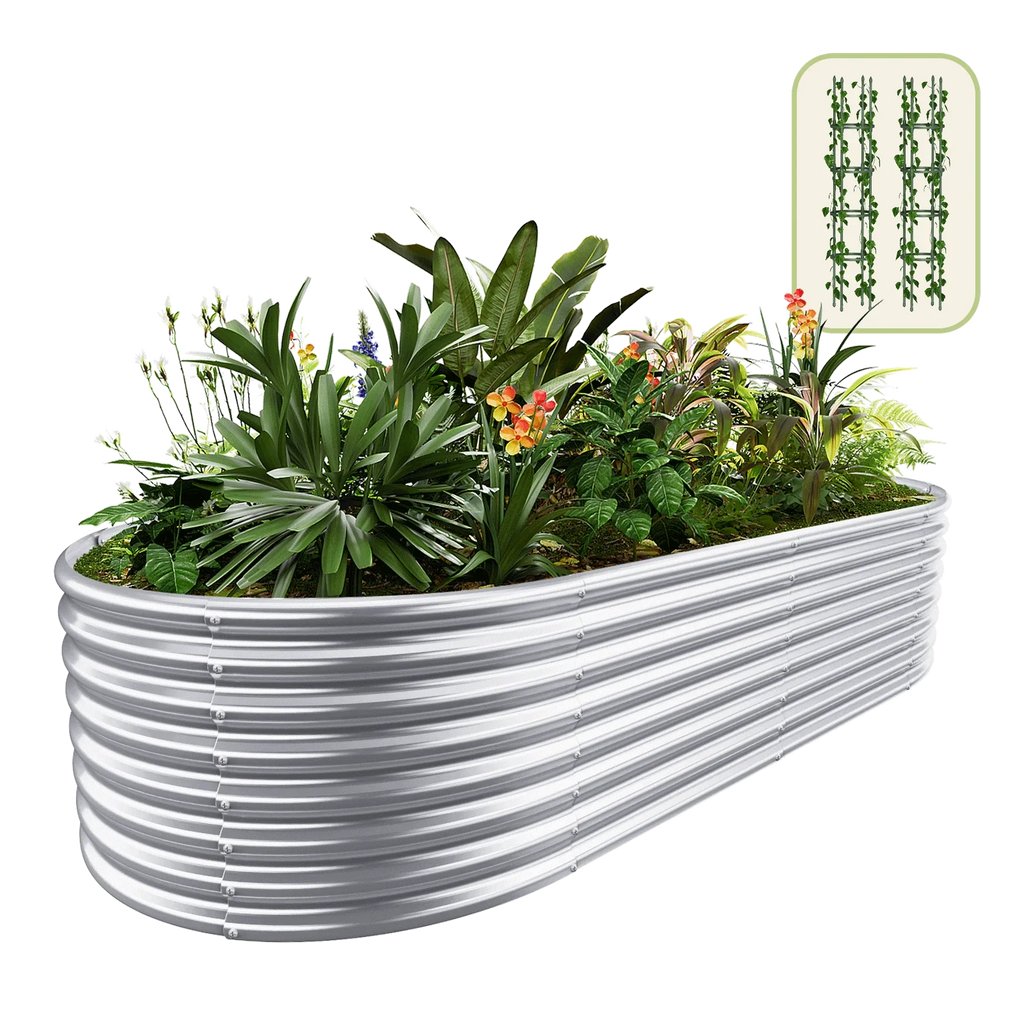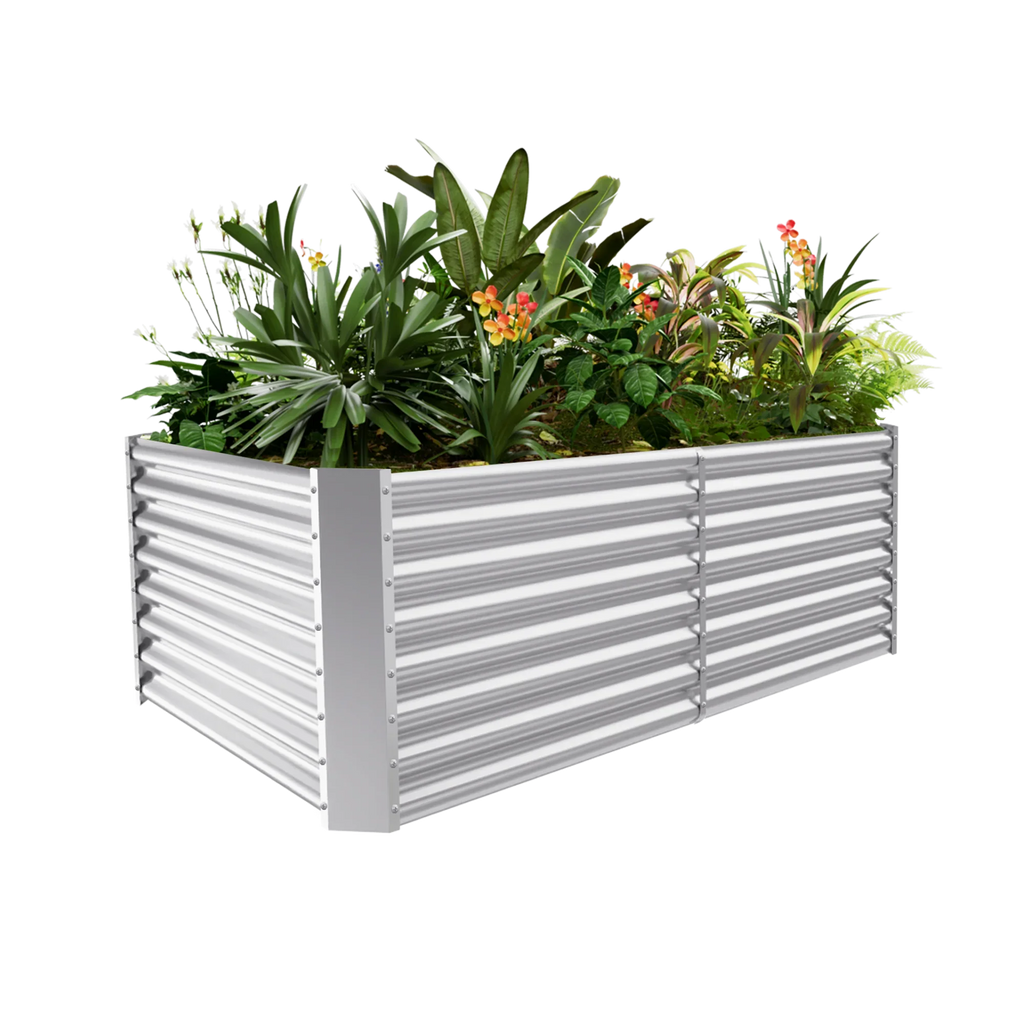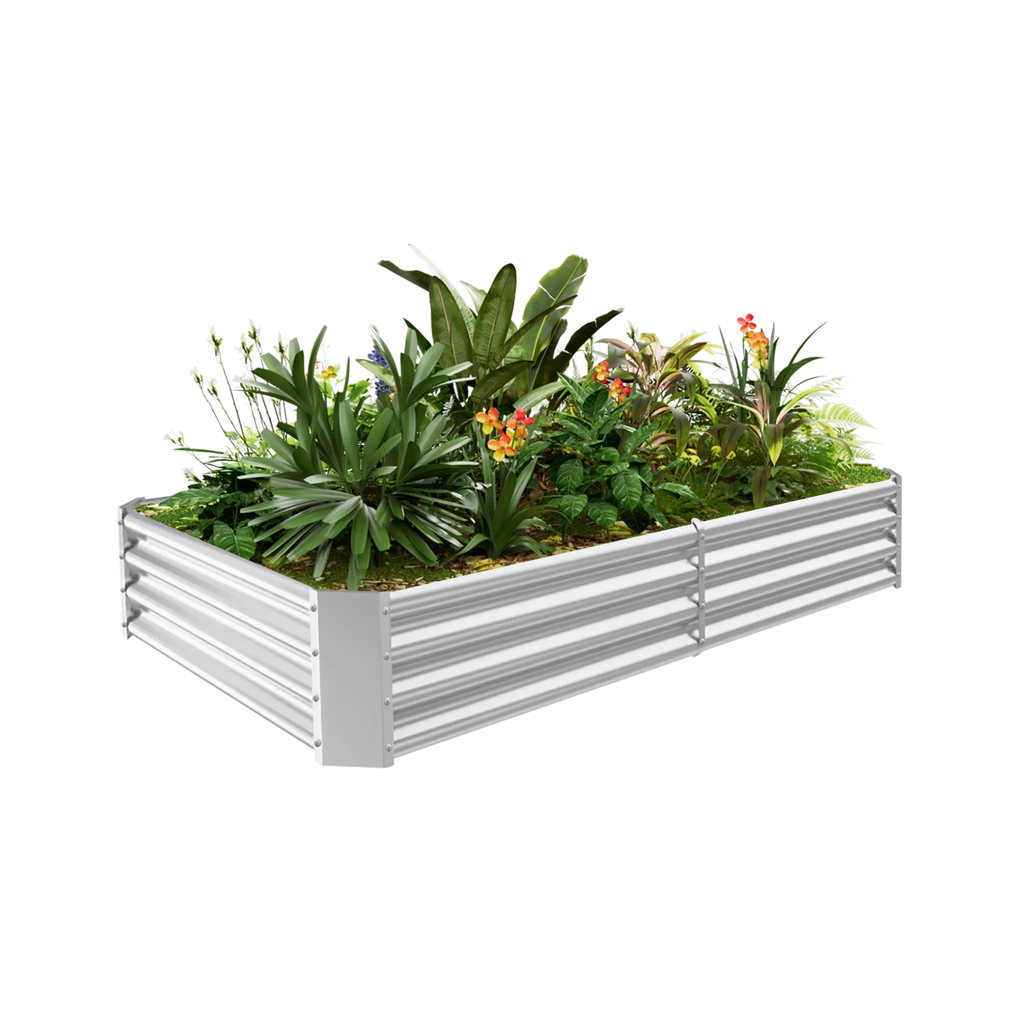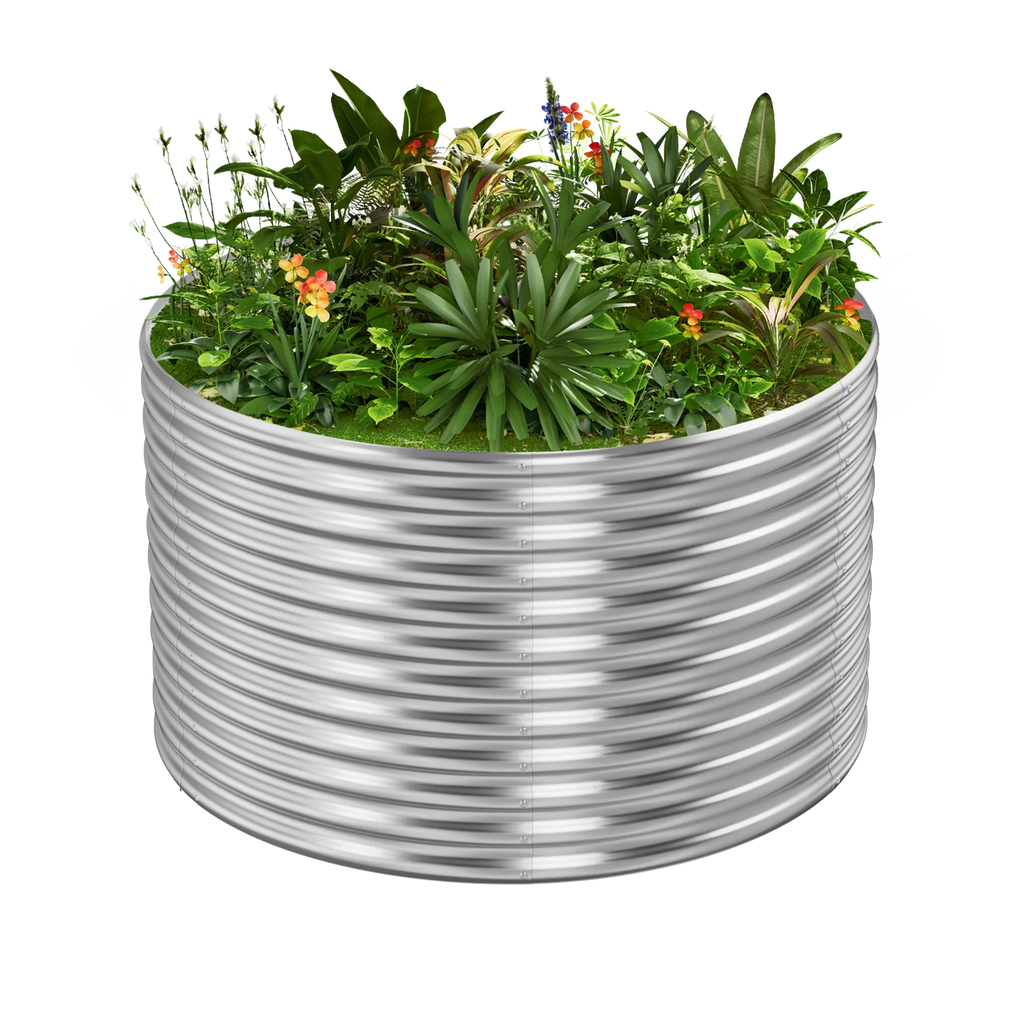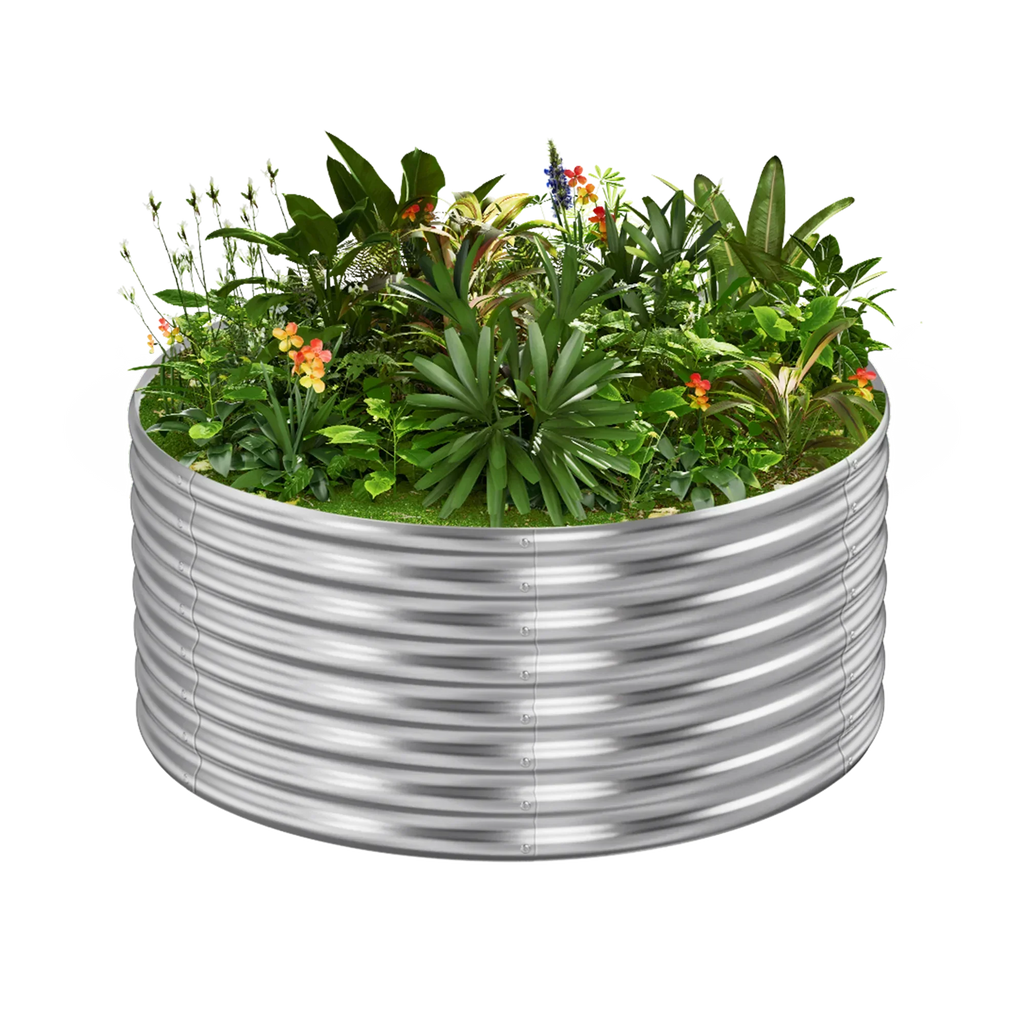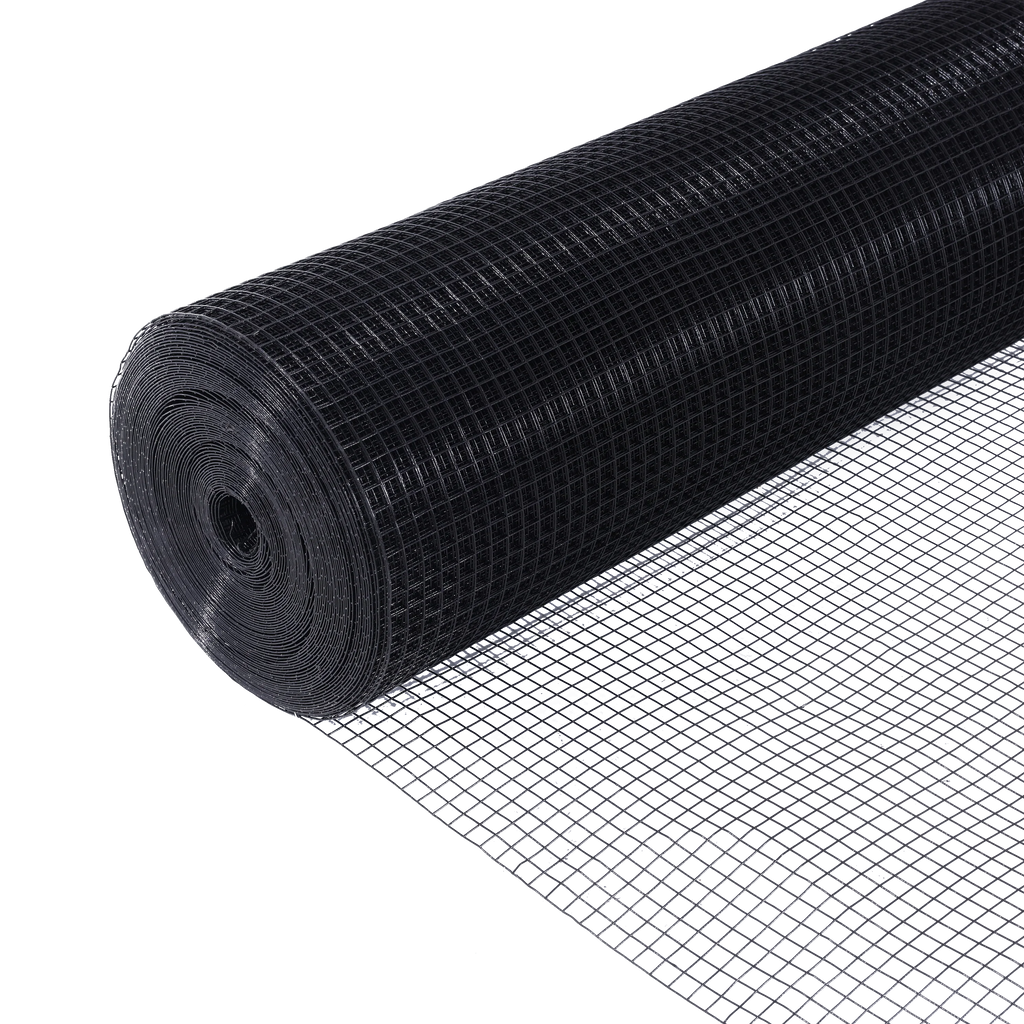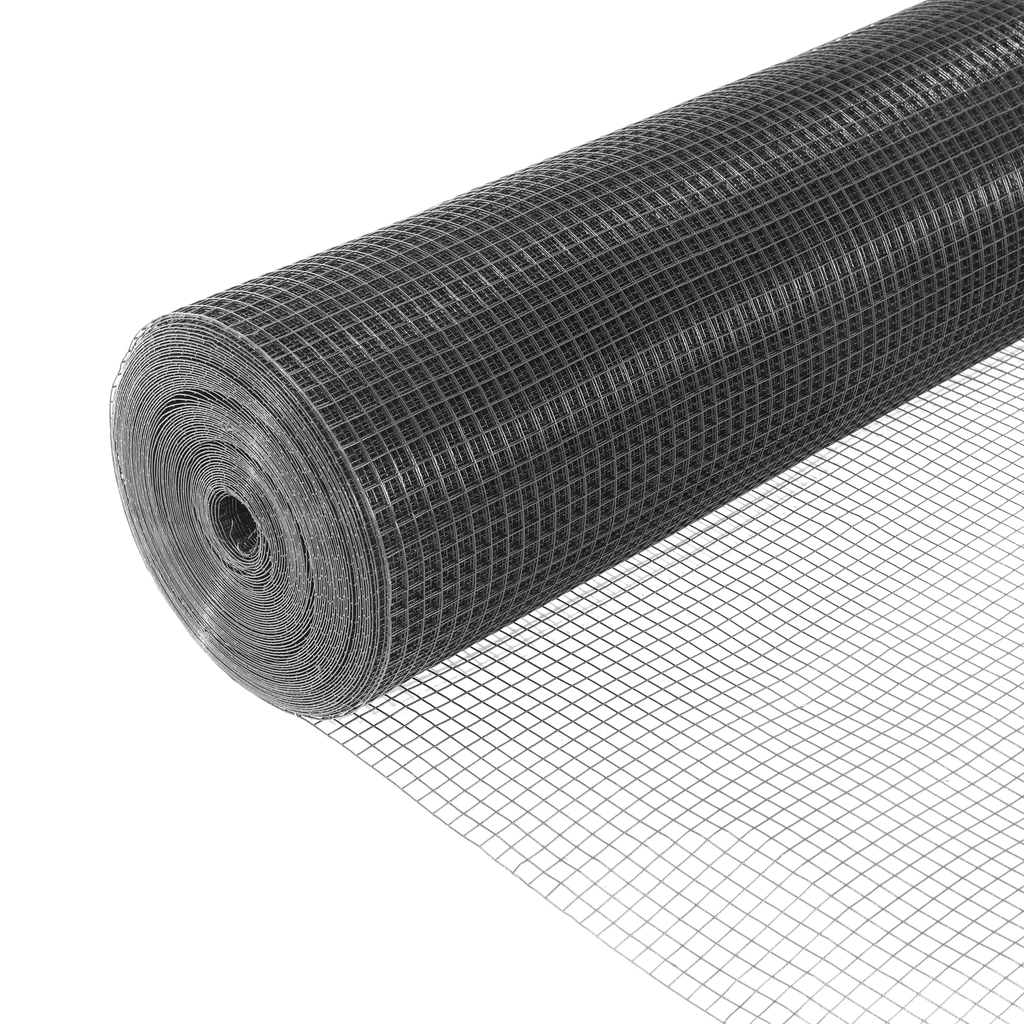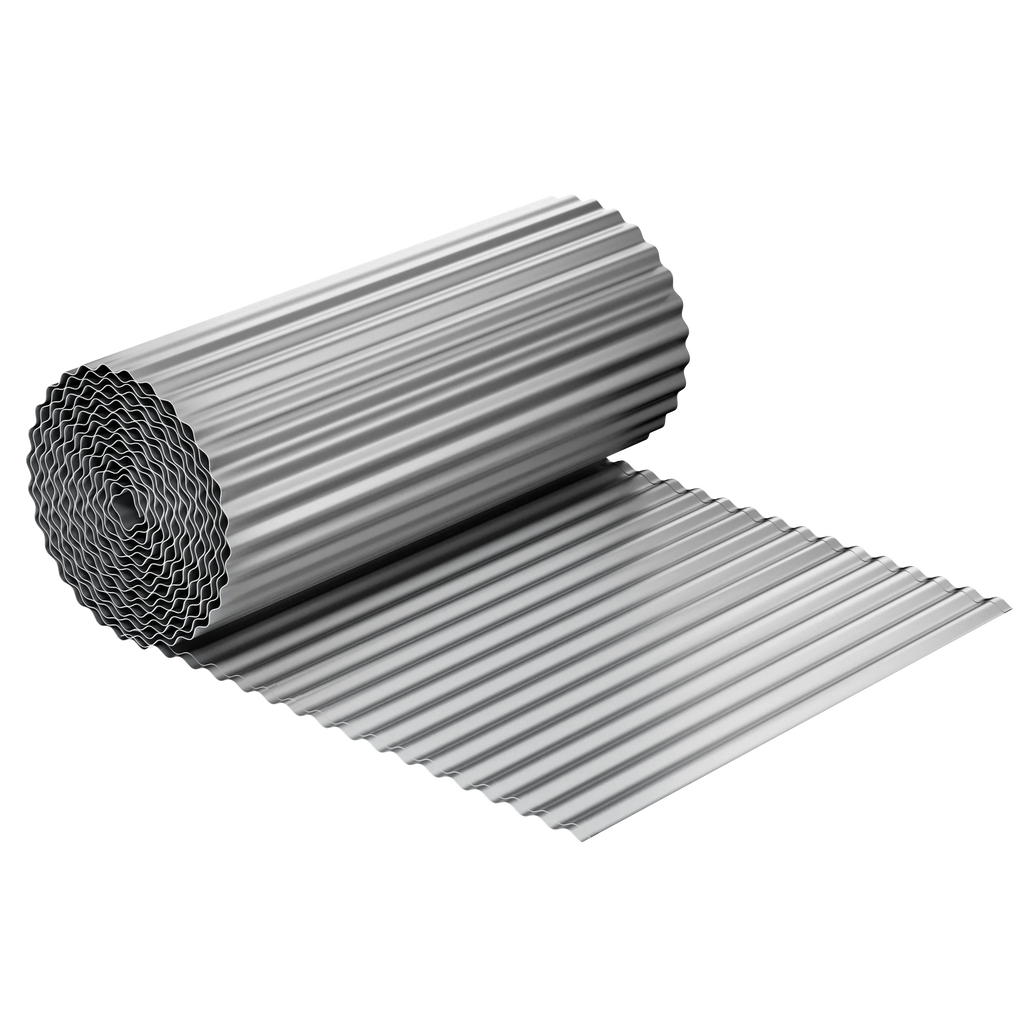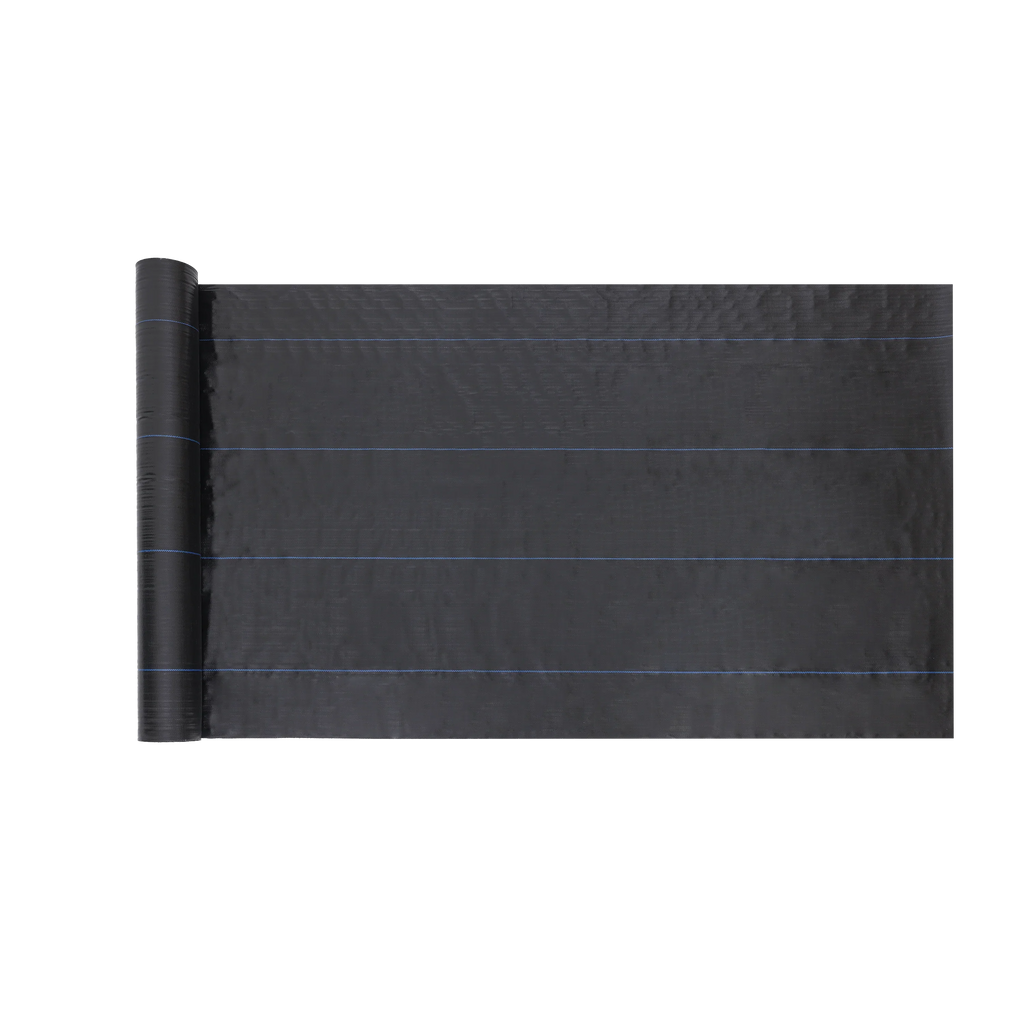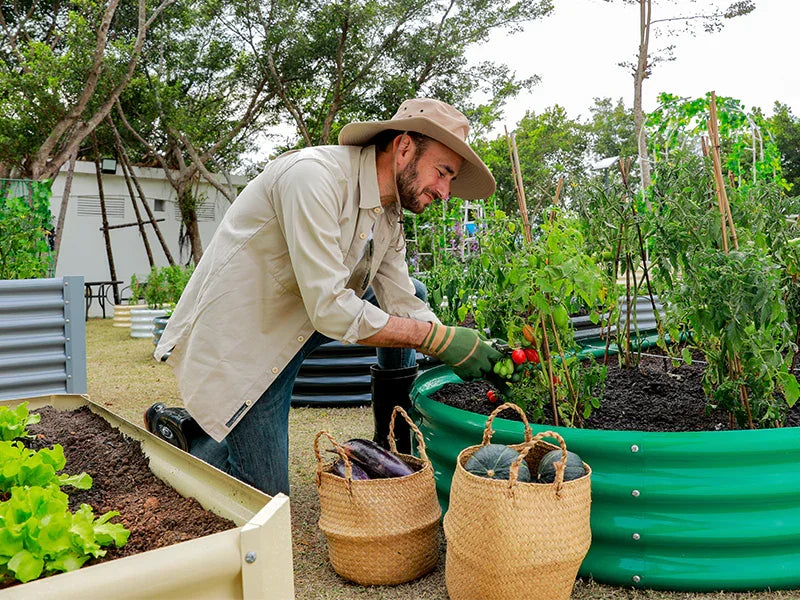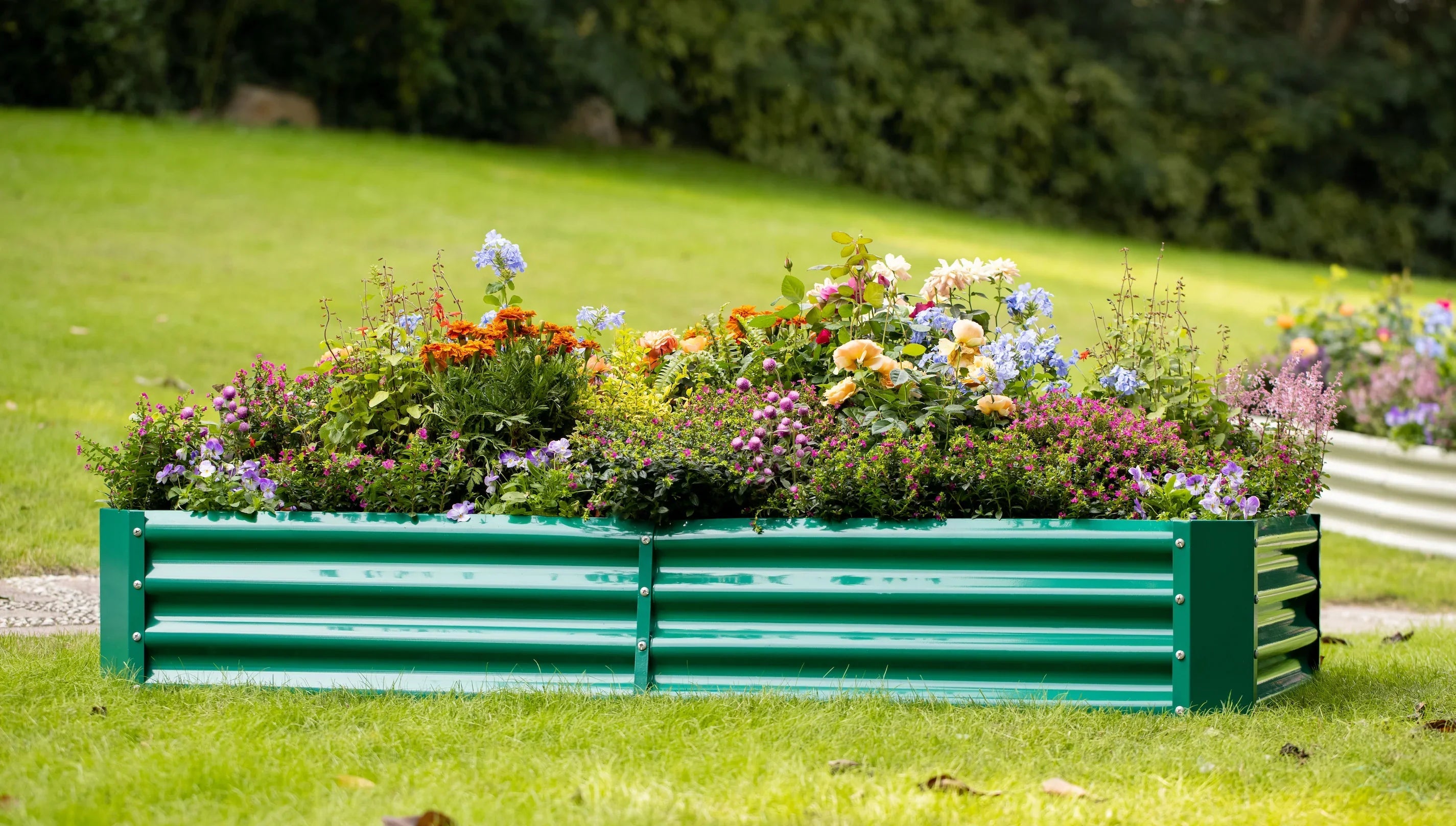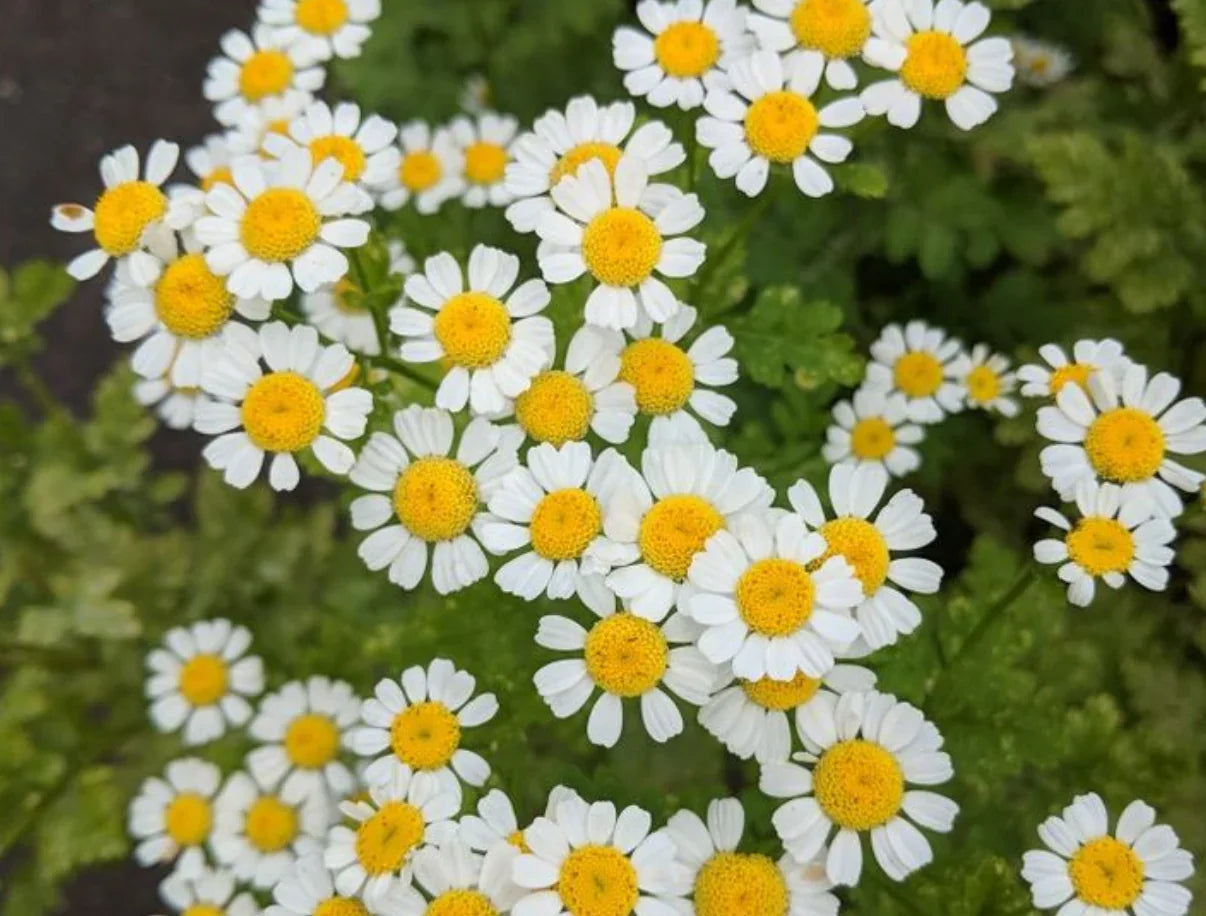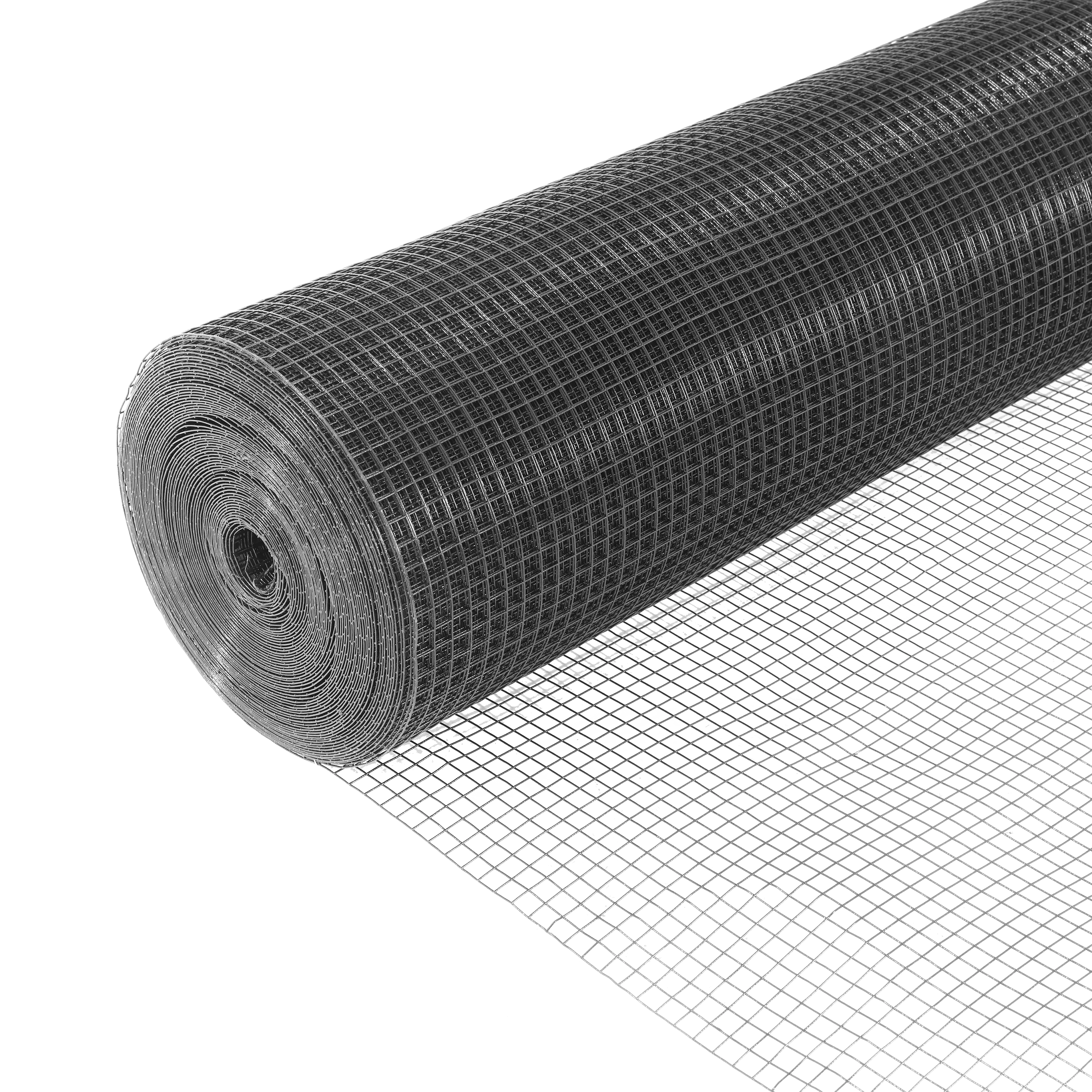July is the perfect time to plan your fall garden, and root vegetables are a fantastic choice for a hearty autumn harvest. These underground gems thrive in cooler weather, developing rich flavors as temperatures drop. By starting the right root vegetable seeds in July, you’ll set yourself up for a bountiful fall yield. This guide covers the best root vegetables to plant, how to sow them, and tips for success. Let’s dig in!
Why Plant Root Vegetables in July?
Root vegetables like carrots, beets, and radishes are ideal for fall gardening because they love cooler soil and air. Planting in July gives them enough time to mature before the first frost while taking advantage of late summer warmth for germination. Plus, root crops are low-maintenance and store well, making them a practical choice for gardeners. Starting now ensures your pantry is stocked with fresh, homegrown veggies by fall.
Best Root Vegetables to Plant in July
Choosing the right crops is key to a successful fall harvest. Here are top root vegetables to start in July, along with their maturation times:
· Carrots (60–80 days): These sweet, crunchy roots come in varieties like ‘Nantes’ or ‘Danvers’ that excel in cooler weather.
· Beets (50–70 days): Beets offer both tasty roots and edible greens. Try ‘Detroit Dark Red’ for reliability.
· Radishes (25–35 days): Quick-growing and versatile, radishes like ‘Cherry Belle’ add a peppery kick.
· Turnips (40–60 days): Varieties like ‘Purple Top White Globe’ provide tender roots and greens.
· Parsnips (90–120 days): These sweet, nutty roots need longer to mature but are worth the wait.
Check your region’s first frost date (typically mid-October to early November in many areas) to ensure your crops have time to ripen. Fast growers like radishes are forgiving, while parsnips need an early July start in cooler climates.

Step 1: Prepare Your Garden Beds
Before sowing, prep your garden beds for success. Clear out spent summer crops, weeds, and debris to reduce pest and disease risks. Loosen the soil to a depth of 12–18 inches, as root vegetables need loose, well-draining soil to grow straight and strong. Mix in compost or aged manure to boost fertility, aiming for a slightly acidic to neutral pH (6.0–7.0). If your soil is heavy clay, add sand or organic matter to improve drainage.
Step 2: Sow Seeds Properly
Sowing seeds correctly ensures good germination. Follow these tips:
· Depth and Spacing: Plant seeds at the depth listed on the packet (usually ¼–½ inch for most root crops). Space seeds 1–2 inches apart in rows 12–18 inches apart to give roots room to grow.
· Moisture: Keep soil consistently moist but not waterlogged during germination. Use a fine mist to avoid washing away tiny seeds like carrots.
· Thinning: Once seedlings are 2–3 inches tall, thin them to the recommended spacing (e.g., 3–4 inches for carrots, 4–6 inches for beets) to prevent crowding.
For faster germination, soak beet or parsnip seeds overnight before planting. In hot July weather, cover seed rows with a light cloth to keep soil cool and moist.
Step 3: Care for Your Growing Crops
Root vegetables are low-maintenance but need consistent care. Water deeply once or twice a week, providing 1–2 inches of water, depending on rainfall. Mulch with straw or shredded leaves to retain moisture and keep soil cool as summer transitions to fall.
Watch for pests like root maggots or aphids. Hand-pick or use organic controls like neem oil if needed. Weed regularly to prevent competition for nutrients. If you’re growing carrots or parsnips, hill soil around the roots to prevent green shoulders (exposed tops turning bitter).
Step 4: Protect Against Early Frost
As fall approaches, keep an eye on the weather. Most root vegetables tolerate light frosts, which can even sweeten their flavor, but a hard frost can damage crops. Use row covers or cloches to extend the growing season by a few weeks. For longer storage, leave crops like parsnips or carrots in the ground and cover with a thick layer of mulch—they’ll stay fresh into early winter.
Step 5: Harvest and Store
Harvest times vary by crop. Radishes are ready in as little as 25 days, while parsnips may take up to 120 days. Pull roots when they reach the desired size, checking by gently digging around the base. Store root vegetables in a cool, humid place (like a root cellar or refrigerator) to keep them fresh for months. Beets and carrots can last up to 3–4 months with proper storage.
Conclusion
Starting root vegetable seeds in July is a smart way to enjoy a delicious fall harvest. By choosing crops like carrots, beets, and radishes, preparing your soil, and giving plants proper care, you’ll be rewarded with a bounty of flavorful roots. Get your garden ready now, and savor the taste of autumn straight from your backyard!








